The best foods for dogs with allergies include proteins like rabbit and duck, veggies like green beans and broccoli, and fruits like apples, watermelon, and pears.
But some foods shouldn’t come close to the bowl of an allergy dog. We’ll get into what they are, but first, you have to understand why you need to avoid them in the first place.

On The Agenda
Why Allergies Happen & What They Do To Your Pet
Whether food or contact or inhalant– the cause of your pup’s suffering can actually be blamed on the body’s hypersensitive reaction, not the allergen itself.
The first time a reaction happens to that hay, for instance, the body responds with sneezing, redness, histamine release, but that’s the body’s normal sensitivity reaction. You go about your day.
When repeatedly exposed to that allergen, though, that sensitivity reaction becomes more exaggerated and extreme till we see it as the hypersensitivity reaction.

The allergen isn’t the problem; the way the body responds is. And it’s this extreme inflammatory response that produces heat, inflammation, and more heat, and yep, inflammation. And because they’re engulfed in these overwhelming and unabating symptoms, you’ve got a stressed animal.
But, and it’s a good but, no matter where the heat and inflammation are expressed, the skin or the g.i., the food you’re adding to the bowl plays a critical role in the immune system’s journey to homeostasis.
Food Is The Foundation To Balancing The Body Long-term
Every dog, allergy sufferer or not, thrives on a species-appropriate diet, regardless of propensity (hunter or couch surfer) or cuuute aesthetic (haii, pugs), dogs, as a species scavenger carnivores are designed to devour and consume meat.
So, their diet should be high in protein from meats and organs (70-80%) and low in carbohydrates from vegetables, fruits, and seeds (25% or less). As a pet parent, this should be your gold standard. You want to get as close as possible to this as you can. It’s the recipe for success with every single d.o.g.
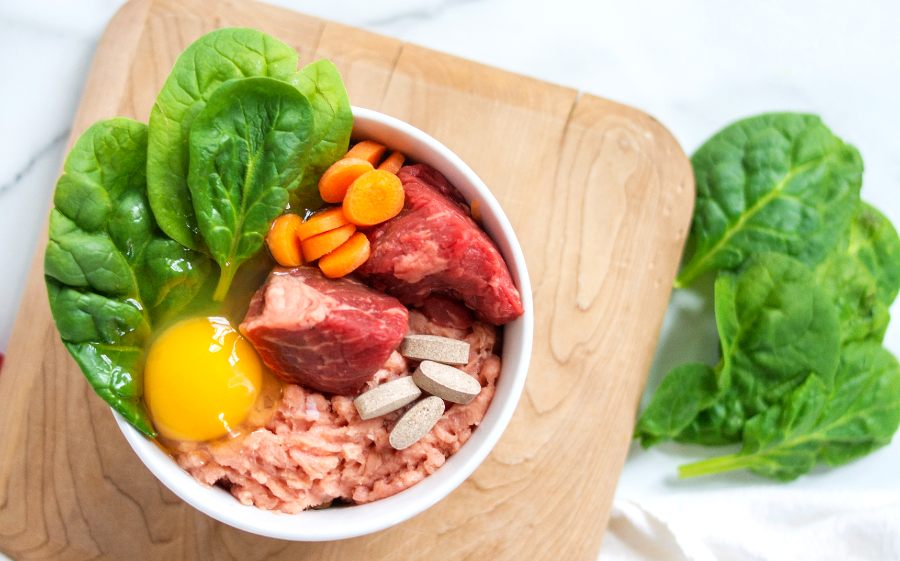
As we’re talking food, we should qualify that we’re referring to real, whole food ingredients. You want high-quality, clean, digestible proteins. Chicken breast from the butcher or deli is VERY different from the meat meals you’ll find in pet foods. So, the quality of the ingredient NEEDS to be a consideration– especially with food allergies.
Low Carbohydrate is KEY

If you take one thing away from this post, it’s that you have to find a food that gets as close to a proper diet as possible– and that means 25% carbs or less. Above that and a diet isn’t just species-inappropriate (because it exceeds the amount a dog can effectively digest and use), but it’s proinflammatory– a true detriment to dogs, those suffering from allergies included.
Think back to that hyper-sensitivity– the immune system stuck in overdrive producing heat and inflammation and symptoms like itching, licking, panting, restlessness, stress… Every bowl of a pro-inflammatory diet dumps inflammation on a dog who’s already ablaze, exacerbating their symptoms.
Why Dry Pet Foods Don’t Make The Cut
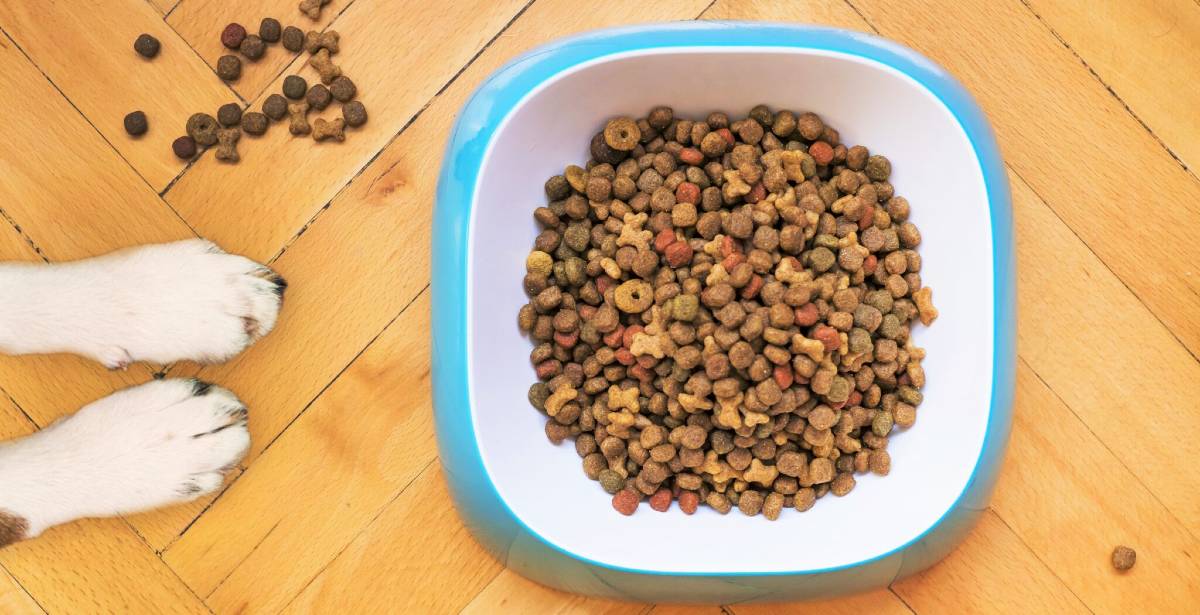
Dry pet foods (also known as kibble) really aren’t a viable option because the majority are heavy on carbs, most exceeding 40-60% total carbohydrate content because they’re needed to form those brown frisbee discs. And their ingredients of choice– whether grains or starches are carbohydrate-filled.
Not only that but these common pet food ingredients contain Omega 6s, a good source of fats for energy in moderation, but in excess also proinflammatory. It’s all about the balance with omega 3s.
An ideal ratio of omega 6:omega 3 is 1:1. And anything greater than 5:1 (omega 6:omega 3) is poorly balanced. It can lead to chronic inflammation in the body, leading to a long list of chronic health conditions ranging from diabetes to GI issues to cancer.
SO, lots to digest here, but that’s why food HAS to be the first step in building a foundation of support for allergic dogs… and well, every dog.

Taking Food A Step Further & Using It To Your Pet’s Advantage
You know food is nourishment, it’s the foundation of health, but it also has effect.
Foods have warming, cooling, or neutral properties that can help the balance of hot and cold in the body. Every dog (and human) is different, and you can choose foods to help support the body accordingly. This is called food energetics — an approach that most people put into practice without even realizing. (Think warming soups on cold, winter nights.)
We can use food’s properties to cool or warm, gently persuading the body towards health. And that includes the hypersensitive hot dog.

Remember that hyper-reaction is the immune system’s overreaction to an allergen. Its response is heat & inflammation. These pets can actually be hot to the touch because they have too much heat. Still, so many people are actually unknowingly feeding warming foods to a dog that runs too hot, essentially adding fuel to that fire.
So, you’ve got to chuck those warming foods. (Preferably to a cold dog.)
Hot/Warming Foods aka Kerosene to the Hot Dog
- Meats: turkey, chicken, ham, lamb, venison
- Seafood: lobster, mussel, shrimp
- Veggies: black beans, squash, sweet potato
- Fruit: cherries, dates, peaches
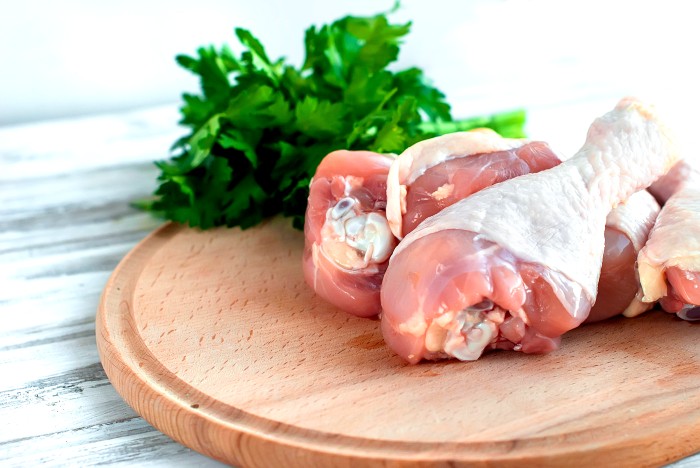
Choosing The Right Foods
Our goal is to reduce the heat. With that in mind, these hot dogs will benefit most from cooling foods — in other words, foods that help turn down the heat and help the body rebalance.
Cooling Foods for the Hot Dog
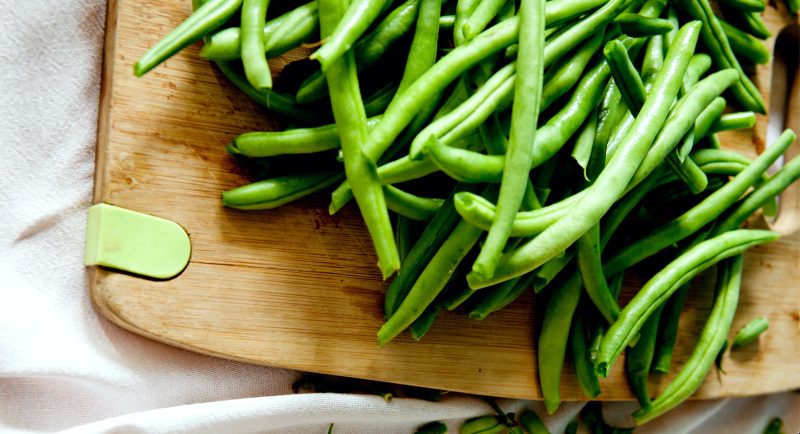
Cooling foods include the ones we mentioned straightaway– rabbit and duck, veggies like green beans and broccoli, and fruits like apples, watermelon, and pears.
You could also use limited-ingredient cooling recipes with novel proteins like rabbit and duck. They’re balanced without synthetics and created by Dr. Bessent.
PRO TIP: Food sensitivities are a gradual progression, which is why novel proteins work. Dogs can’t have a reaction to something they’ve never experienced. The recipe above could check all the boxes as you work to bring your dog back to homeostasis.
Neutral Foods On Occasion
Neutral foods like beef & pork, carrots, pumpkin, and raspberries maintain the body’s balance. They won’t sway the body one way or another, so you could rotate them into the diet for variety.
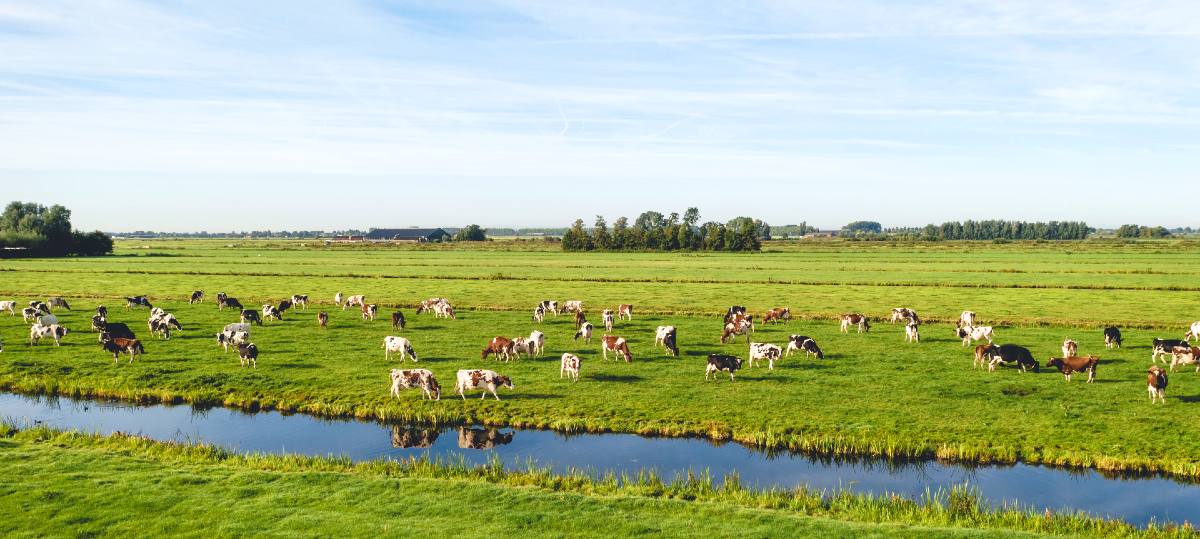
Now that you’ve got the basics down– the importance of food, and the right foods for the allergy dog, you can take the next steps to get to the root of your pup’s issue.
Or, if you need a bit more guidance on where to go from here, take the quiz for a personalized recommendation.
Share this Post

Dr. Chris Besent
Chris Bessent, DVM, MSOM, Dipl. OM, L.Ac. has over thirty years of experience in veterinary medicine including certificates in veterinary acupuncture, veterinary chiropractic and veterinary Chinese herbology. Imbued with Eastern philosophy and the knowledge that food is the foundation of health, Dr. Bessent also received her degree in veterinary nutrition and began to formulate recipes fit for a carnivore from nothing but whole foods. Currently, she divides her time between the Simple Food Project and Herbsmith, both of which are owned and operated out of her facilities in southeastern Wisconsin.

Kayla Behling
Kayla is the Content Writer for Herbsmith. She has a cat named Professor Cat-Faced Meowmers, who goes by Kitty, and a goof of a dog, named Duck. She stays busy biking trails, playing board games, and searching for the next best craft beer.




